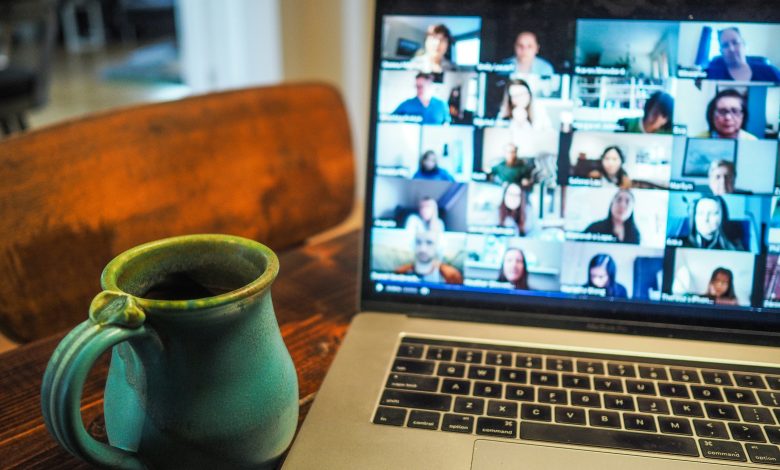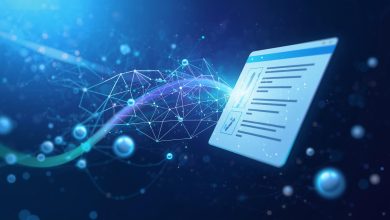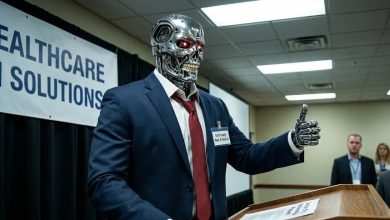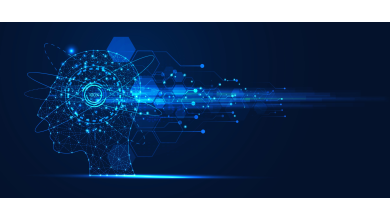
Hybrid work has moved beyond experimentation and is now a permanent part of how organisations operate. Employees increasingly expect flexibility – 75% say it’s a top factor when choosing a new role – but flexibility alone doesn’t guarantee performance. Many companies still face hidden productivity drains: digital friction, outdated systems, and inefficient workflows that quietly erode value. In fact, employees lose a full working week due to preventable inefficiencies such as fragmented systems, interruptions, and outdated processes. For enterprises, that translates to significant financial and operational losses, compounding over time.
These challenges aren’t about where people work, but about how intelligently and securely their work is enabled. Businesses that invest in connected, secure infrastructure don’t just improve employee experience – they protect revenue by reducing downtime, accelerating collaboration, and enabling faster decision-making across distributed teams.
Rethinking productivity in the hybrid era
Flexible working has delivered measurable gains in employee satisfaction, but many enterprises continue to grapple with what has been called productivity paranoia. Leaders worry about what they cannot see, yet the real drag on performance is often invisible. Digital friction, from recurring IT glitches to sluggish onboarding, quietly erodes focus and momentum across teams.
Nearly half of employees say they lose between one and five hours of productivity each week due to IT issues. Experiences from across industries show how even minor disruptions, repeated across thousands of employees, can quickly cascade into lost output. Across industries, even minor disruptions, repeated across thousands of employees, can quickly cascade into lost output. The issue isn’t visibility – it’s resilience.
Delivering proactive support
Traditional IT models that rely on tickets and queues are no longer sufficient for hybrid work at scale. Even brief disruptions, when multiplied across a global workforce, translate into significant operational and financial losses.
AI is already helping to change this picture. Take automated anomaly detection that can identify recurring problems before employees notice them, eradicating the need to put a request into IT. While predictive remediation, which uses AI to anticipate common failures and automatically apply fixes in advance, can resolve issues in the background and eliminate waiting time. Digital employee experience platforms ensure uninterrupted workflows. This allows IT teams to spend less time reacting to urgent enquiries and more time focusing on preventative maintenance, planning upgrades, and enabling new business capabilities that drive long-term value.
Specsavers, the UK-based eyewear leader, is an example. The company has scaled remote connectivity across thousands of sites worldwide to minimise disruption and protect employee and customer experiences. Use cases like this show how automation safeguards productivity across large, distributed workforces.
Empowering people through intelligent tools
As hybrid work matures, organisations are realising that technology alone isn’t enough – success depends on people who can adapt and learn continuously. With rising turnover, widening skills gaps, and an ageing workforce, companies are rethinking how they onboard, train, and upskill at speed.
Augmented reality–guided workflows are emerging as a powerful way to bridge that gap. Consider Navajo, a consumer goods distributor, who reduced onboarding time from days to minutes by equipping new hires with smart glasses that delivered real-time, step-by-step support. Supervisors could connect remotely to guide when needed, accelerating learning and reducing disruption for experienced staff.
These kinds of AI-enabled, human-centred use cases illustrate that the key to successful hybrid work is ensuring employees can learn, adapt, and contribute without being held back by outdated technology.
Security built into every connection
As hybrid work expands and organisations empower employees with more flexible, connected tools, the security landscape becomes increasingly complex. Every new device, platform, and remote workflow adds another layer of opportunity – and potential risk.
The rise of hybrid work has expanded the attack surface far beyond traditional office perimeters. Devices now serve as the first line of defence, which is why organisations must embed security into every layer of their digital infrastructure.
True security in a hybrid world isn’t achieved through a single control – it’s built through intelligent, layered protection. Organisations are moving beyond static defences toward systems that adapt in real time, combining multi-factor authentication, device verification, and conditional access that adjusts permissions based on context. Transparency from vendors is equally vital; those that open themselves to continuous testing through bug bounty programmes and clear risk communication build greater trust. Compliance with global standards such as GDPR and ISO 27001 remains essential, but forward-looking companies are going further – embracing AI-driven threat detection that learns from emerging patterns and strengthens protection before breaches occur.
Building sustainable hybrid infrastructure
Resilience and security are only part of the story. The same digital foundations enabling hybrid work can also help organisations meet their sustainability ambitions.
The evolution toward AI-driven connectivity and remote support brings advantages that extend far beyond efficiency. For enterprises, intelligent remote access and automation don’t just maintain productivity – they also cut environmental impact by reducing the need for in-person IT travel and resource-heavy operations.
Research from Cornell University and Microsoft (2023) shows that employees who work remotely have a 54% lower carbon footprint than those based fully onsite, with hybrid workers achieving 11–29% reductions depending on their working patterns. The same principles apply at enterprise scale: when IT teams can diagnose and resolve issues remotely, organisations eliminate thousands of service visits each year, significantly reducing travel-related emissions.
Modernising digital infrastructure is therefore not only a strategic investment in resilience and efficiency – it’s a measurable contribution to sustainability. By combining automation, remote access, and intelligent monitoring, companies can scale support globally while advancing their environmental goals.
The future of hybrid work
Hybrid work is here to stay, and attention is turning from experimentation to optimisation. The path forward lies in intelligent infrastructure that predicts problems before they cause disruption, empowers employees to adapt quickly, and secures work wherever it happens. Productivity today isn’t defined by visibility, but by the quality of employees’ digital experience.
Organisations that thrive will be those that invest in systems built to be resilient, human-centred, and sustainable. Hybrid work will continue to evolve, and companies that prioritise intelligent infrastructure will create environments where employees can thrive regardless of location.




